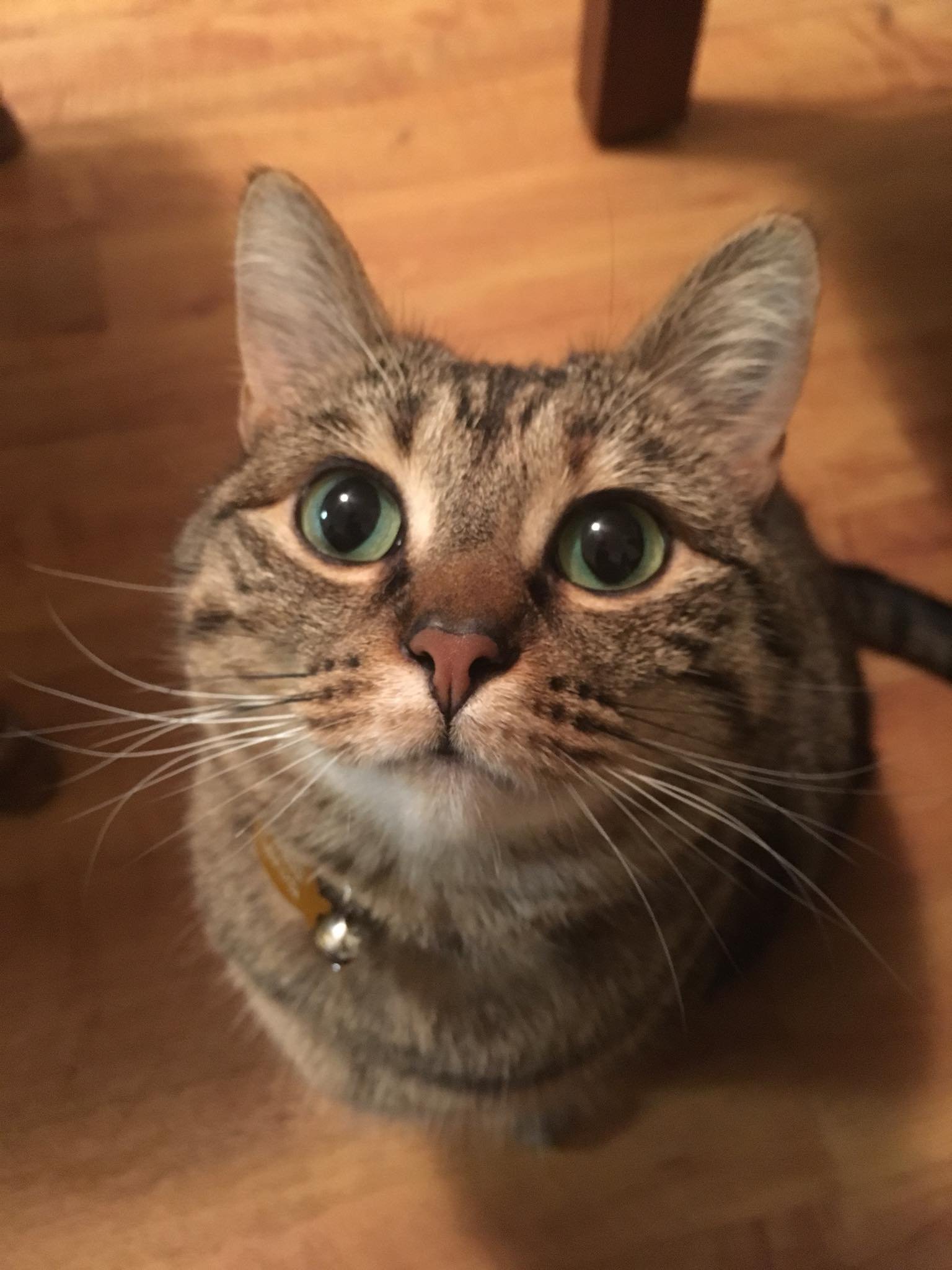Understanding Cats with Autism: Navigating the Unique World of Feline Neurodiversity
It is important to note that cats, as non-verbal animals, cannot be diagnosed with autism in the same way that humans can. Autism is a neurodevelopmental disorder primarily observed in humans. However, some cats may exhibit behaviors and characteristics that resemble certain traits associated with autism in humans. In this article, we’ll explore the concept of cats with autism-like behaviors, how to understand and support their unique needs, and the importance of embracing feline neurodiversity.
1. Recognizing Unique Behaviors
Some cats may display behaviors that resemble certain traits associated with autism in humans. These behaviors may include repetitive movements, sensitivity to sensory stimuli, difficulties with social interactions, or unusual communication patterns.
2. Sensory Sensitivities
Cats with autism-like behaviors may be sensitive to certain sensory stimuli, such as loud noises, specific textures, or bright lights. These sensitivities can impact their comfort and well-being.
3. Establishing Routine and Structure
Creating a consistent and structured environment can provide a sense of security for cats with autism-like behaviors. Maintaining a predictable routine can help reduce anxiety and improve their overall well-being.
4. Individual Differences and Needs
Each cat, regardless of whether they exhibit autism-like behaviors, is an individual with unique needs and preferences. It is essential to understand and respect their specific requirements, providing them with tailored care and attention.
5. Positive Reinforcement Training
Using positive reinforcement techniques can be effective in training and guiding cats with autism-like behaviors. Reward-based training can help them learn new behaviors and cope with challenging situations.
6. Enrichment and Mental Stimulation
Engaging cats with autism-like behaviors in enriching activities, such as puzzle toys, interactive play sessions, and hiding spots, can help stimulate their minds and alleviate potential anxiety.
7. Patience and Understanding
Interacting with cats exhibiting autism-like behaviors requires patience, understanding, and empathy. Recognizing their unique challenges and providing them with a safe and accepting environment is crucial for their well-being.
8. Consultation with a Veterinarian or Behaviorist
If you have concerns about your cat’s behaviors or suspect they may exhibit autism-like traits, it is advisable to consult with a veterinarian or a certified animal behaviorist. They can provide professional guidance, assess your cat’s specific needs, and recommend appropriate strategies for support.
9. Embracing Feline Neurodiversity
It’s essential to embrace the concept of feline neurodiversity, recognizing that cats, like humans, come in a variety of personalities, temperaments, and behaviors. Embracing neurodiversity helps foster a more inclusive and understanding society for all animals, including cats.
10. Unconditional Love and Acceptance
Cats with autism-like behaviors, just like any other cats, deserve unconditional love and acceptance. Their unique behaviors and characteristics do not diminish their worth or their capacity for forming deep connections with their human caregivers.
While cats cannot be diagnosed with autism like humans, some may exhibit behaviors that resemble certain traits associated with autism. Understanding and supporting cats with autism-like behaviors involve recognizing their unique needs, providing a structured environment, and embracing their individuality. By promoting a culture of acceptance, empathy, and understanding, we can create a world where all cats, regardless of their differences, are valued and loved for who they are.

